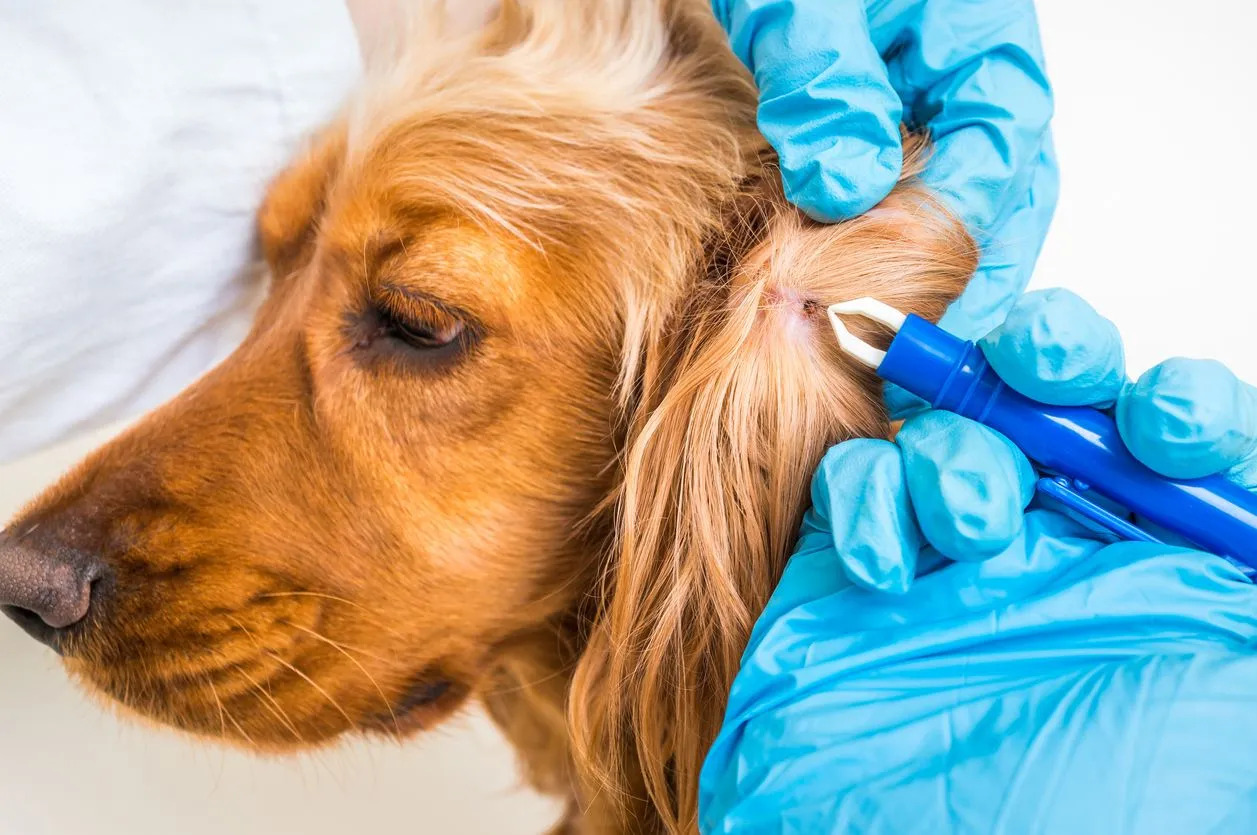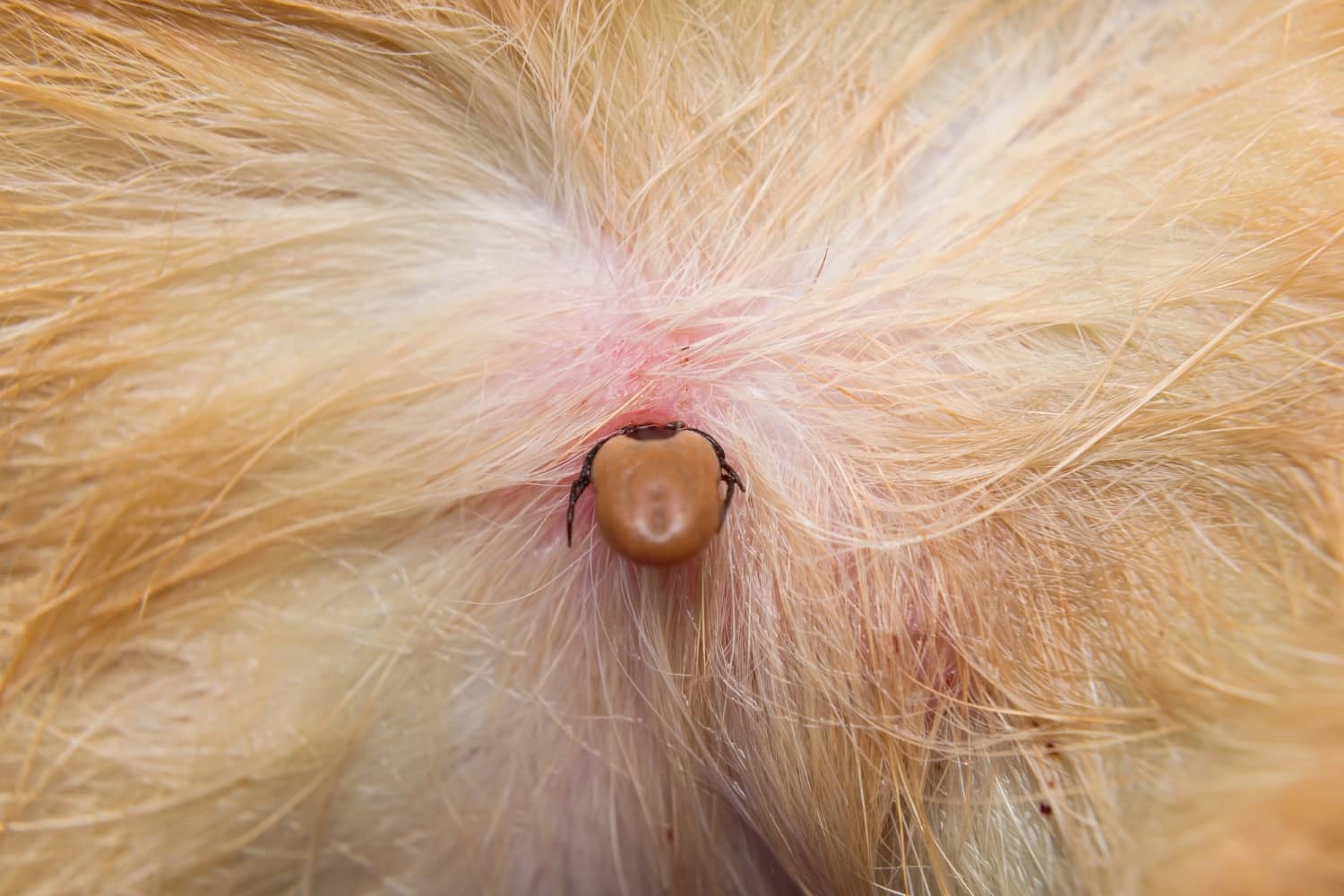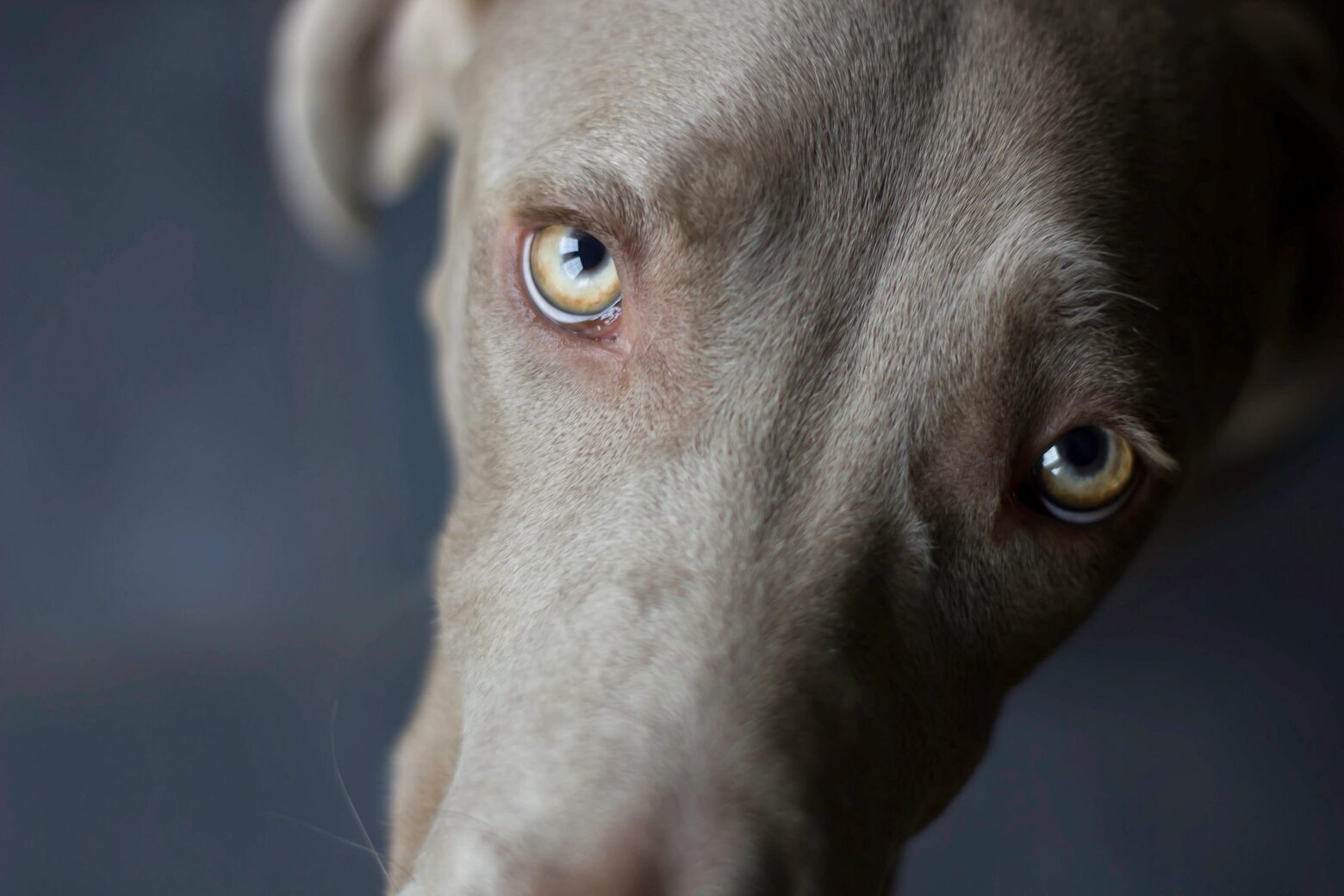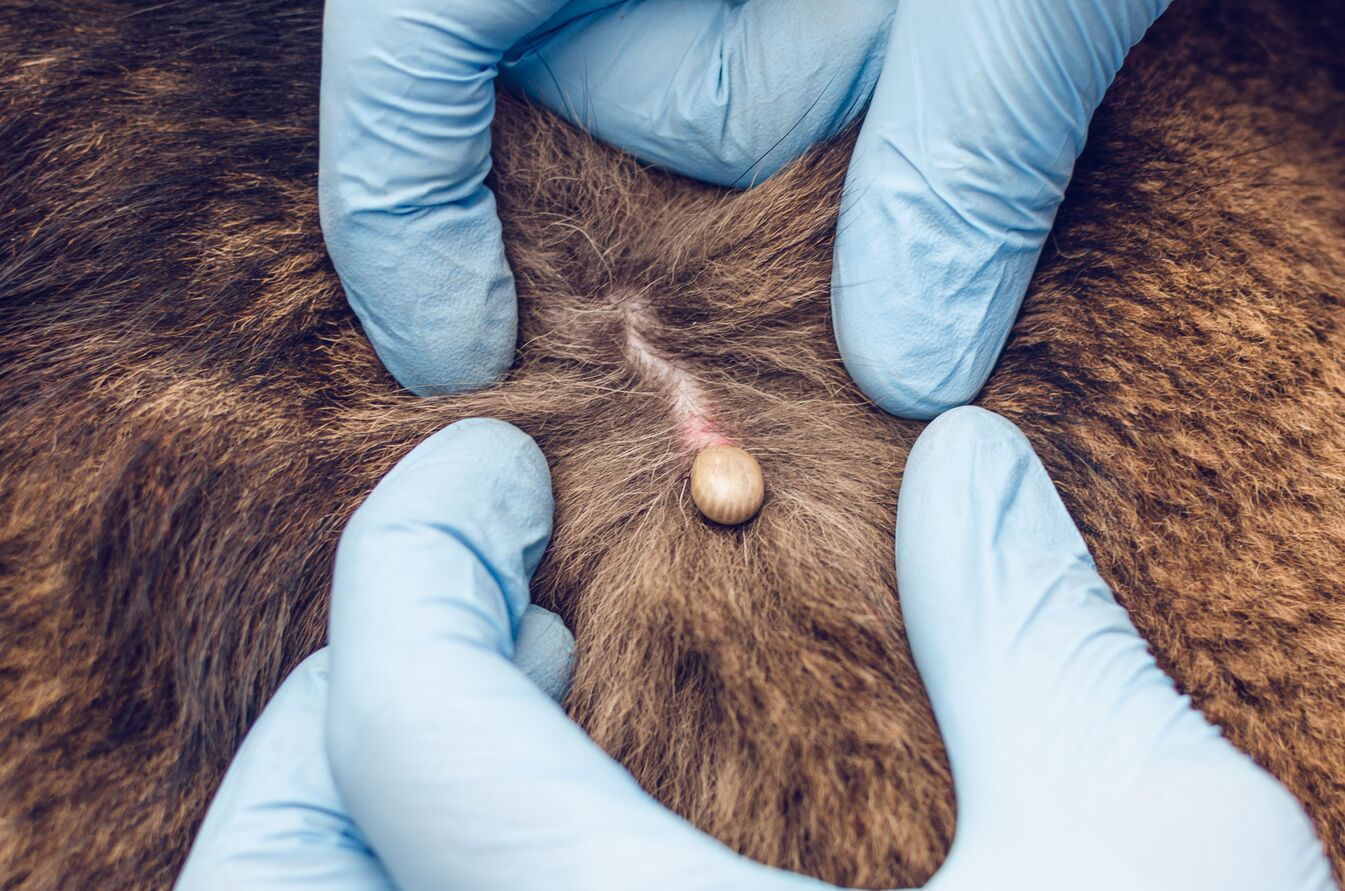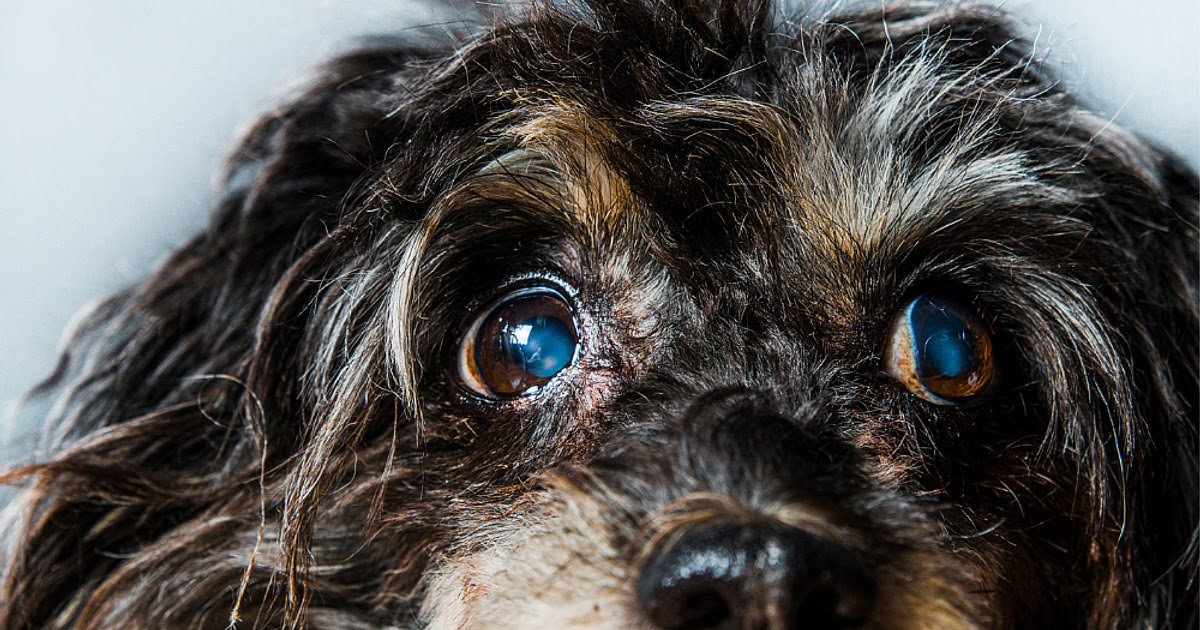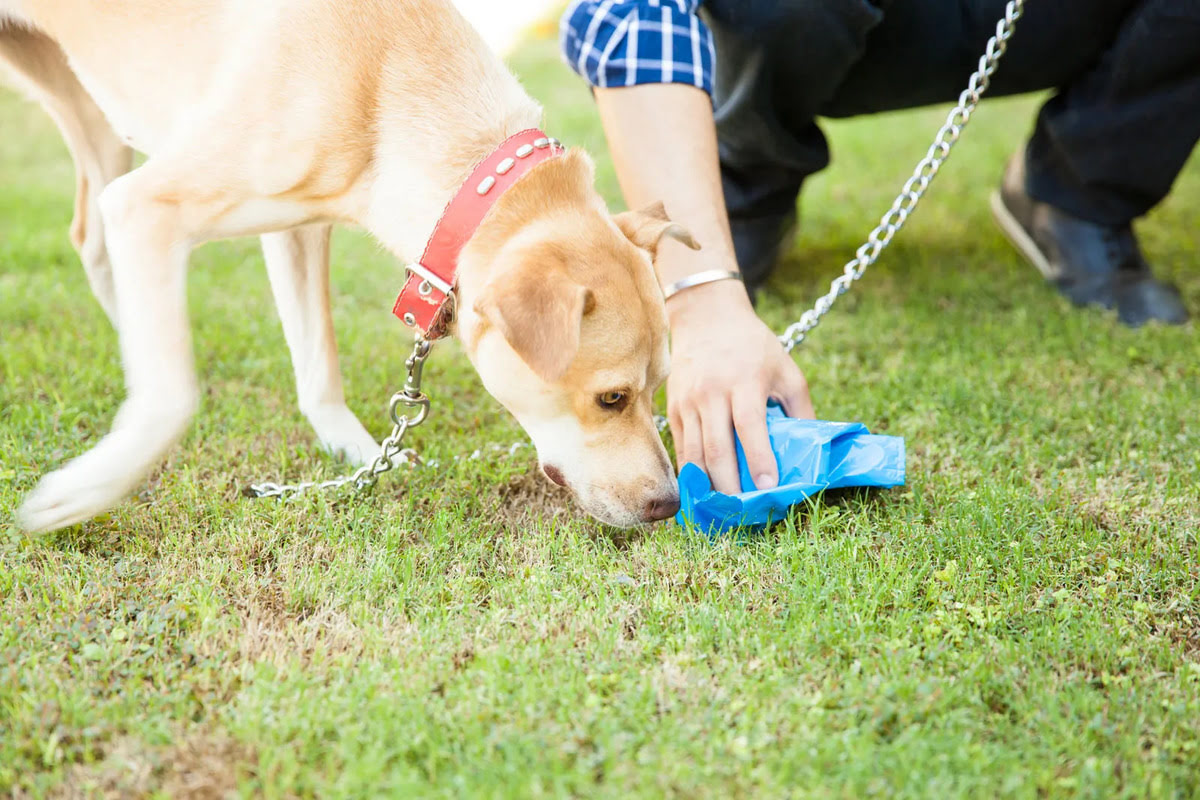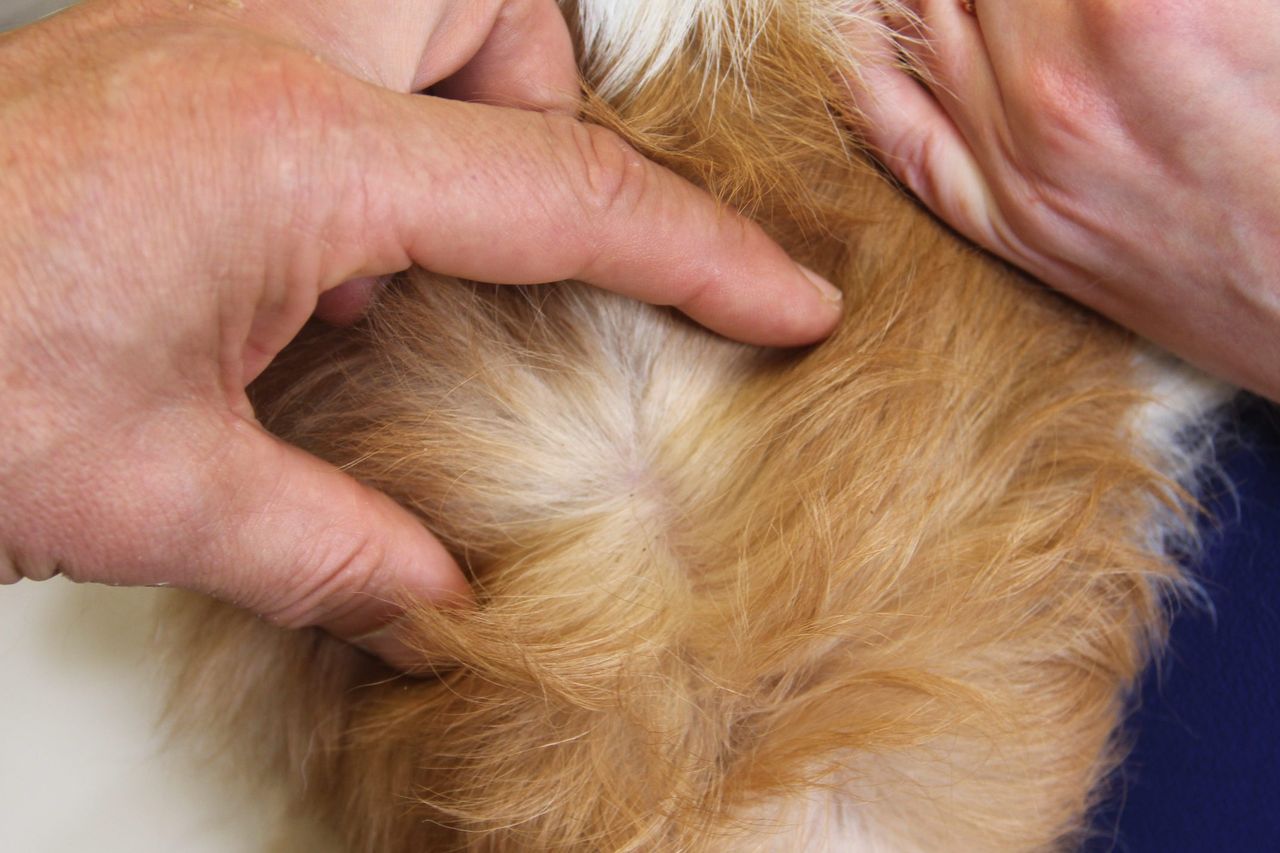Home>Health & Wellness>Common Health Issues>What Does Cancer On A Dog’s Toe Look Like
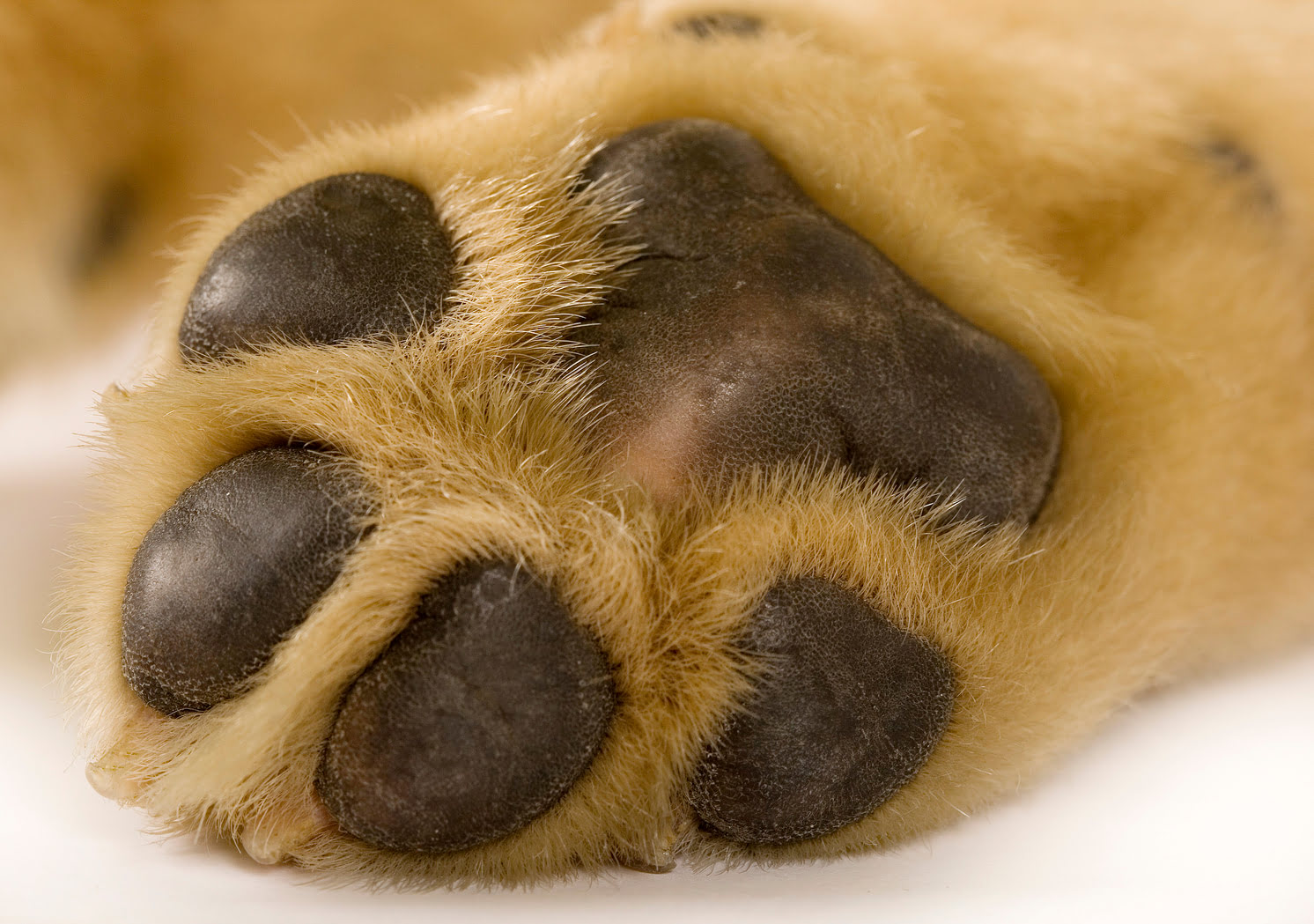

Common Health Issues
What Does Cancer On A Dog’s Toe Look Like
Published: February 5, 2024
Learn about common health issues in dogs, including what cancer on a dog's toe looks like. Understand the signs and symptoms to keep your pet healthy.
(Many of the links in this article redirect to a specific reviewed product. Your purchase of these products through affiliate links helps to generate commission for Pawsomeoldies.com, at no extra cost. Learn more)
Table of Contents
Introduction
Cancer is a concerning health issue that can affect our beloved canine companions, and when it manifests on a dog's toe, it can be particularly distressing. As responsible pet owners, it's crucial to be vigilant about our furry friends' well-being, including monitoring any unusual changes in their physical condition. Understanding the signs, symptoms, visual appearance, treatment options, and preventive measures for cancer on a dog's toe is essential for providing the best possible care for our four-legged friends.
Cancer on a dog's toe, also known as digital squamous cell carcinoma, is a relatively rare but serious condition that requires prompt attention. While it may not be as prevalent as other forms of cancer in dogs, such as lymphoma or mammary tumors, the impact of toe cancer can be significant. Therefore, being aware of the potential indicators and taking proactive measures is crucial for early detection and effective management.
In this comprehensive guide, we will delve into the various aspects of cancer on a dog's toe, shedding light on the signs and symptoms, the visual appearance of the condition, available treatment options, and strategies for prevention and early detection. By gaining a deeper understanding of these crucial elements, pet owners can equip themselves with the knowledge needed to safeguard their canine companions' health and well-being.
Throughout this article, we will explore the visual cues that may indicate the presence of toe cancer in dogs, the potential treatment modalities available to address this condition, and the proactive steps that can be taken to minimize the risk of cancer affecting a dog's toe. By the end of this guide, readers will have a comprehensive understanding of this specific type of cancer in dogs and be better prepared to recognize, address, and potentially prevent it in their own furry companions.
Read more: What Does Cancer On A Dog’s Skin Look Like
Signs and Symptoms of Cancer on a Dog's Toe
Identifying the signs and symptoms of cancer on a dog's toe is crucial for early detection and prompt intervention. While dogs cannot verbally communicate their discomfort, observant pet owners can recognize potential indicators that may point to the presence of toe cancer. Here are the key signs and symptoms to watch for:
-
Limping or Favoring a Paw: One of the primary signs of toe cancer in dogs is limping or favoring the affected paw. If you notice your dog exhibiting reluctance to put weight on a particular paw or consistently favoring one limb while walking or standing, it could indicate discomfort or pain associated with toe cancer.
-
Swelling or Enlargement: A noticeable swelling or enlargement of the toe or the surrounding area can be indicative of cancer. If you observe a lump or an abnormal growth on your dog's toe, it's essential to have it examined by a veterinarian to rule out the possibility of cancerous growth.
-
Discoloration or Ulceration: Changes in the color of the toe, such as redness, darkening, or the presence of sores or ulcers, can be warning signs of cancer. Additionally, any unexplained bleeding or discharge from the affected toe should prompt immediate veterinary attention.
-
Pain and Sensitivity: Dogs with toe cancer may exhibit signs of pain and sensitivity when the affected area is touched or manipulated. If your dog displays discomfort or reacts adversely to having their toe examined or touched, it could indicate an underlying issue, including cancer.
-
Changes in Behavior: Behavioral changes, such as increased irritability, reluctance to engage in physical activities, or a noticeable decrease in energy levels, can be linked to the discomfort and distress caused by toe cancer. Observing and understanding your dog's typical behavior can help in identifying such changes.
-
Difficulty Walking or Standing: As toe cancer progresses, dogs may experience difficulty in walking or standing comfortably. This can manifest as a reluctance to move, an altered gait, or an overall decline in mobility.
-
Nail and Claw Abnormalities: Cancer on a dog's toe can lead to changes in the appearance and condition of the nails and claws. This may include brittle, cracked, or discolored nails, as well as abnormal growth patterns.
By remaining attentive to these potential signs and symptoms, pet owners can play a proactive role in safeguarding their dog's health. If any of these indicators are observed, seeking prompt veterinary evaluation is essential for accurate diagnosis and timely intervention.
Visual Appearance of Cancer on a Dog's Toe
The visual appearance of cancer on a dog's toe can vary depending on the specific type and stage of the disease. It's essential for pet owners to be vigilant and observant, as early detection plays a crucial role in the successful management of toe cancer in dogs.
One of the primary visual indicators of cancer on a dog's toe is the presence of abnormal growth or lumps. These growths may appear as raised, irregular masses on or around the affected toe. They can range in size and may exhibit varying textures, such as being firm or ulcerated. Additionally, the color of the affected area may change, showing signs of redness, discoloration, or the presence of sores or ulcers. These visual cues can serve as important warning signs that prompt further investigation by a veterinarian.
In some cases, the affected toe may exhibit swelling or enlargement, which can be visually apparent to pet owners. This swelling may be localized to the toe or extend to the surrounding tissues, leading to a noticeable change in the overall appearance of the paw. Additionally, changes in the nails and claws, such as brittleness, discoloration, or abnormal growth patterns, can also be indicative of cancer affecting the toe.
As toe cancer progresses, visual signs of discomfort and distress may become evident. Dogs may exhibit signs of pain and sensitivity when the affected area is touched or manipulated, and this discomfort may be visually apparent through their reactions and body language. Furthermore, the affected dog may display difficulty in walking or standing comfortably, which can be observed as an altered gait or a reluctance to bear weight on the affected paw.
It's important to note that the visual appearance of cancer on a dog's toe can evolve as the disease advances. Therefore, regular visual inspection of the paws and toes, along with attentive monitoring for any changes in appearance, is crucial for early detection and timely intervention. If any of these visual indicators are observed, seeking prompt veterinary evaluation is imperative for accurate diagnosis and the formulation of an appropriate treatment plan.
By being attuned to the visual appearance of cancer on a dog's toe, pet owners can play a proactive role in identifying potential issues and seeking the necessary veterinary care to address them effectively. This vigilance and attentiveness can significantly contribute to the well-being and health of our canine companions.
Treatment Options for Cancer on a Dog's Toe
When it comes to addressing cancer on a dog's toe, treatment options are aimed at effectively managing the condition while prioritizing the well-being and comfort of the affected canine companion. The choice of treatment modality is influenced by various factors, including the type and stage of the cancer, the overall health of the dog, and the preferences of the pet owner. Here are the primary treatment options for cancer on a dog's toe:
-
Surgical Intervention: In many cases, surgical removal of the cancerous growth or affected toe may be recommended. This approach aims to eliminate the cancerous tissue and prevent the spread of the disease to adjacent areas. Depending on the extent of the cancer and the overall health of the dog, the veterinarian may opt for a partial or complete toe amputation to ensure the comprehensive removal of the cancerous cells.
-
Radiation Therapy: Radiation therapy can be employed to target and destroy cancer cells in the affected toe. This treatment modality may be recommended as a primary treatment or in conjunction with surgical intervention to address any remaining cancerous cells post-surgery. Radiation therapy is designed to minimize harm to healthy tissues while effectively targeting the cancerous growth.
-
Chemotherapy: While less commonly used for toe cancer in dogs, chemotherapy may be considered in cases where the cancer has metastasized or when the primary tumor is challenging to manage through surgery alone. Chemotherapy drugs are administered to impede the growth and spread of cancer cells, and the specific regimen is tailored to the individual needs of the dog.
-
Cryosurgery: Cryosurgery involves the use of extreme cold to destroy abnormal tissues, including cancerous growths. This minimally invasive technique may be utilized for smaller tumors on the toe, and it can be an effective option for dogs with certain health considerations that may limit their eligibility for traditional surgery.
-
Pain Management and Supportive Care: Regardless of the chosen treatment approach, ensuring the comfort and well-being of the affected dog is paramount. Pain management strategies, supportive care, and post-treatment rehabilitation may be incorporated to alleviate discomfort, promote healing, and enhance the overall quality of life for the canine patient.
It's important to emphasize that the selection of a treatment option should be guided by thorough discussions with a qualified veterinarian, who can provide personalized recommendations based on the specific circumstances of the dog and the nature of the cancer. Additionally, pet owners are encouraged to actively participate in the decision-making process, seeking clarity on the potential benefits, risks, and expected outcomes of each treatment option.
By exploring these treatment options and collaborating closely with veterinary professionals, pet owners can make informed decisions that prioritize the health and well-being of their canine companions, ultimately striving to provide the best possible care for dogs affected by toe cancer.
Prevention and Early Detection of Cancer on a Dog's Toe
Preventing cancer on a dog's toe and detecting it early are pivotal in ensuring the well-being of our furry friends. While some factors contributing to cancer development may be beyond our control, there are proactive measures that pet owners can take to minimize the risk and facilitate early detection.
Read more: What Does Cancer Look Like In A Dog’s Mouth
Prevention Strategies
-
Regular Paw Inspections: Conduct routine inspections of your dog's paws, including the toes, to identify any abnormalities or changes in appearance. This can help in the early detection of potential issues.
-
Maintain a Healthy Diet: Providing a balanced and nutritious diet can support your dog's overall health and immune function, potentially reducing the risk of certain cancers, including those affecting the toes.
-
Environmental Awareness: Limiting exposure to environmental toxins and carcinogens, such as secondhand smoke and certain chemicals, can contribute to cancer prevention.
-
Sun Protection: For dogs with light-colored or thin fur, protecting their paws from excessive sun exposure can be beneficial in reducing the risk of certain skin cancers, including those affecting the toes.
-
Regular Veterinary Check-ups: Scheduling regular veterinary visits allows for comprehensive health assessments, including examinations of the paws, which can aid in the early detection of any abnormalities or potential concerns.
Early Detection Measures
-
Observant Monitoring: Being attentive to your dog's behavior, gait, and overall well-being can help in identifying subtle changes that may indicate discomfort or abnormalities in the toes.
-
Prompt Veterinary Evaluation: If you notice any unusual lumps, swelling, discoloration, or changes in your dog's toes, seeking prompt veterinary evaluation is crucial for accurate diagnosis and timely intervention.
-
Awareness of Breed Predispositions: Some dog breeds may have a higher predisposition to certain cancers, including those affecting the toes. Understanding breed-specific risks can aid in proactive monitoring and early detection.
-
Education and Awareness: Educating yourself about the signs and symptoms of toe cancer in dogs can empower you to recognize potential issues early on, prompting timely veterinary attention.
By implementing these preventive strategies and early detection measures, pet owners can play an active role in safeguarding their dog's paw health and overall well-being. Additionally, maintaining open communication with veterinary professionals and seeking their guidance can further enhance the proactive approach to cancer prevention and early detection in dogs.
Conclusion
In conclusion, being attuned to the signs, symptoms, visual appearance, treatment options, and preventive measures for cancer on a dog's toe is essential for pet owners who are dedicated to ensuring the health and well-being of their beloved canine companions. By recognizing the potential indicators of toe cancer, such as limping, swelling, discoloration, and changes in behavior, pet owners can proactively seek veterinary evaluation, leading to early detection and timely intervention.
The visual appearance of cancer on a dog's toe, including abnormal growths, swelling, changes in nails and claws, and signs of discomfort, serves as crucial visual cues that prompt further investigation and veterinary assessment. Regular visual inspections of the paws and toes, coupled with attentive monitoring for any changes in appearance, are pivotal in identifying potential issues early on.
When it comes to treatment options, pet owners are encouraged to engage in thorough discussions with qualified veterinarians to explore surgical intervention, radiation therapy, chemotherapy, cryosurgery, and comprehensive pain management strategies. Collaborating closely with veterinary professionals allows pet owners to make informed decisions that prioritize the health and well-being of their canine companions, ultimately striving to provide the best possible care for dogs affected by toe cancer.
In the realm of prevention and early detection, proactive measures such as regular paw inspections, maintaining a healthy diet, environmental awareness, sun protection, and scheduling regular veterinary check-ups can significantly contribute to minimizing the risk of cancer affecting a dog's toe. Additionally, being observant, seeking prompt veterinary evaluation, understanding breed predispositions, and educating oneself about the signs and symptoms of toe cancer in dogs are pivotal in facilitating early detection and intervention.
By implementing these preventive strategies and early detection measures, pet owners can play an active role in safeguarding their dog's paw health and overall well-being. Maintaining open communication with veterinary professionals and seeking their guidance further enhances the proactive approach to cancer prevention and early detection in dogs.
Ultimately, by gaining a deeper understanding of the various aspects of cancer on a dog's toe and taking proactive measures, pet owners can equip themselves with the knowledge needed to safeguard their canine companions' health and well-being. This comprehensive guide serves as a valuable resource for pet owners, empowering them to recognize, address, and potentially prevent cancer affecting a dog's toe, ultimately contributing to the longevity and quality of life of their furry friends.

